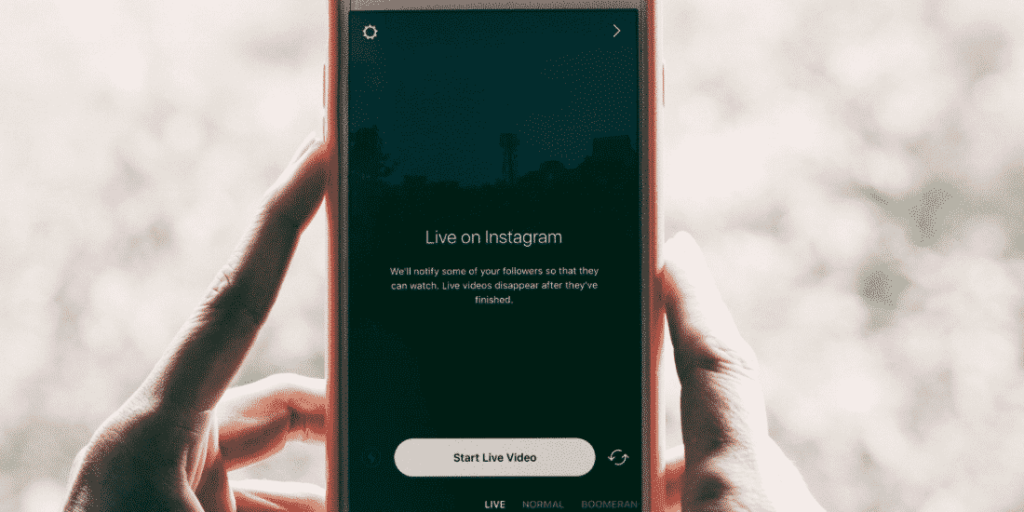Your mobile app has launched or is getting close to it. This is excellent news, but the work doesn’t end there. Teams must also find ways to grow the app’s visibility and get users. The key to growing a mobile app’s audience is through App Store Optimization (ASO). When putting together an ASO strategy, it’s critical that teams remember several key points, including:
- Using mobile data
- Understanding how the algorithms work
- Selecting relevant and high-volume keywords
- Developing appealing creatives
- Testing their app pages
- Launching paid campaigns
Table of Contents
The Importance of Using Mobile Data
Mobile data is essential when putting together a solid ASO strategy. This is because there is only a 20% overlap between web and mobile keyword volume estimates. What this means is that using web data to guide an ASO campaign can sabotage it, leading to wasted resources and efforts.
Developers may be tempted to use free tools that look similar to Google keyword planners, but many of these use web keyword scores, which don’t translate well for discoverability in the app stores.
What Users Search For
Users search differently on the web than they do on the app stores. App store search is feature-driven, rather than research-based. For example, while a user might search for “How to edit a PDF?” on the web, they would instead search “PDF converter app” on the app stores.
When you prepare an ASO strategy, you’ll need mobile data from an ASO platform like DATACUBE. Otherwise, your data will not correctly reflect the terms users are searching for, misguiding your strategy.
With the right mobile data, you can target the proper terms that will help your app’s audience grow.
How Each Stores’ Algorithm Works
Mobile data is only a piece of the ASO puzzle. Understanding how the app store algorithms work is also necessary. This is because the Apple App Store and Google Play Store crawl metadata differently, requiring different approaches. One thing they do have in common is that they both look at an app’s click-through-rate (CTR) when determining rankings.
How the Stores Index Your App
On iOS, Apple’s algorithm will crawl your app based on keywords in the:
- Title
- Subtitle
- Keyword Bank
Apple merchandises apps based on their targeted keywords when determining what phrases to index it for.
For Google Play, the algorithm looks at the:
- Title
- Short Description
- Long Description
There is no declared keyword bank on Google Play. Instead, Google Play’s algorithm examines the metadata fields from left to right, top to bottom and pulls keywords and phrases from there. The closer a keyword is to the front of a line or sentence, the easier it is for Google’s algorithm to pick it up.
Including keywords in prime areas will help with indexing on the Google Play. This will then increase your chances of reaching your audience who is searching for apps just like yours. This is what makes understanding stores useful to app growth.
Setting Up Your App’s Metadata
Once you have access to mobile data and have an understanding of how each app store works, you’ll then want to start researching the app’s space. When getting started, it’s essential to determine what keywords are high-volume and relevant. DATACUBE is an ASO platform that can help you research the keywords you want to target and decide if they’re aligned with your target market.
You’ll also want to research your competitors and see what keywords they rank well for, find related keywords you can target and see what performs best for other apps in your field.
The Metadata Fields
Apple provides users with the title and subtitle at 30 characters each, plus a keyword bank of 100 characters. It’s vital to use as much of that space as possible to have the maximised number of keywords.
Google Play has no keyword bank so that an app will rank for the keywords included in within its title, short description and long description. It’s essential to enter the keywords and phrases precisely as you want to target them, as the algorithm does not account for variations of keywords.
Make sure the title, subtitle and descriptions are readable and not keyword-stuffed as this could hurt conversion. If your app uses the right keywords correctly, you’ll have a higher chance at reaching and converting more users, ultimately growing your audience.
Designing Creative That is Optimized for Conversion
Click-through-rate is also crucial for improving an app’s keyword rankings as well as measuring conversion. Given that 70 per cent of installs come directly from search, an app’s search presentation should be appealing, helping encourage users to install it.
Screenshot Best Practices
An app’s screenshots should include call-to-actions that utilises high-volume keywords to inform users of the app’s features. The text should be concise and digestible, quickly getting to the core message while using popular keywords.
The screenshots should be up to date and optimised for the devices they’re viewed on including image upscaling if necessary. Outdated screenshots can look poor when viewed on devices with better image quality, turning potential users away and hurting conversion.
[vc_row el_class=”newsletter-sign-up-box”][vc_column][vc_column_text]The monthly tends in app development that matter.
A monthly newsletter helping developers and app makers be more productive, stay inspired and keep up with all the latest trends in the app world.
[/vc_column_text][vc_empty_space][contact-form-7 404 "Not Found"][/vc_column][/vc_row]
Screenshot Guidelines
Apple allows up to ten screenshots, while Google Play allows up to eight. The app’s listing should utilise each of them to provide as much information about the app and its features as possible. The screenshots on iOS can also be used for Search Ads A/B Testing to determine which creative elements convert best. By launching two search Ads campaigns with different creative sets, you can compare the results to determine how well each set drove conversions and apply that information to the app’s live listing.
Preview videos are another way to help increase conversion. Apple and Google Play each allow videos, although the guidelines are different for each store.
Videos on the Apple App Store can:
- Only show in-app footage
- Must be between 15 to 30 seconds long.
The Google Play Store’s videos can:
- Link directly to YouTube
- Run any length, but should be between 30 seconds and 2 minutes long
- Show content from outside the app
A/B Testing
A/B testing is important for determining how effective creatives and metadata are. ASO is an iterative process, and to continue growing, it’s critical to understand that what worked a year ago, may not work today. A/B testing can help your team find what’s working now, helping it stay relevant and grow.
Splitcube is an app A/B testing that emulates the app stores, allowing teams to test creative and keywords. Splitcube can also heat-map user behaviour, tracking how users search and which apps, and elements, they are most likely to click on. As your creatives are important for converting users, testing them before deployment helps ensure the ones you use will help grow your mobile audience best.
Paid Campaigns
Reaching as many users as possible is key to increasing your audience. Paid marketing campaigns help a wider audience see your app through advertisements and paid placement in the search results.
Paid campaigns can include:
- Search Ads
- Google Ads
- Social media marketing
To improve your audience within the App Store, Search Ads is essential.
Utilising a paid campaign like Search Ads will place your app at the top of certain search results. You can select the keywords and demographics you’re targeting to help your app reach the audience you want to see it. Targeted advertisements can help put your app front and centre before users who are most likely to be interested, which can be made even more effective with the use of creative sets.
The first three apps in search results receive about 41% of the clicks from those searches, making them valuable spots to be placed in. With paid campaigns, your app can appear in that top spot, which can help increase the number of users that view your app and convert. Search Ads boasted a 50% conversion rate and average CPI of $1 in 2017, making it an affordable and efficient form of paid marketing.
Paid marketing campaigns also help improve your organic indexation. Running campaigns such as Search Ads can increase your click-through-rate, which will help improve your app’s rankings within the store to reach and convert even more users.
Conclusion
App Store Optimization makes it possible to grow an app’s audience continually. This involves:
- Using mobile data
- Understanding how each stores’ algorithm works
- Researching metadata
- Designing optimised creatives
- A/B testing
- Utilising paid campaigns
By taking this approach, teams can help their app consistently grow and thrive.
This is of course only the tip of the iceberg for App Store Optimization. ASO is an iterative process, one that requires consistent upkeep and revisions to keep up with changing consumer trends and developments.
To continually expand a mobile app’s audience, one must revisit their ASO strategy on an ongoing basis. By continuing to iterate while using best practices, teams can ensure they are providing the best outcome for their app’s growth.
Dave Bell is an entrepreneur and recognised pioneer in the fields of mobile entertainment and digital content distribution.




Leave a Reply